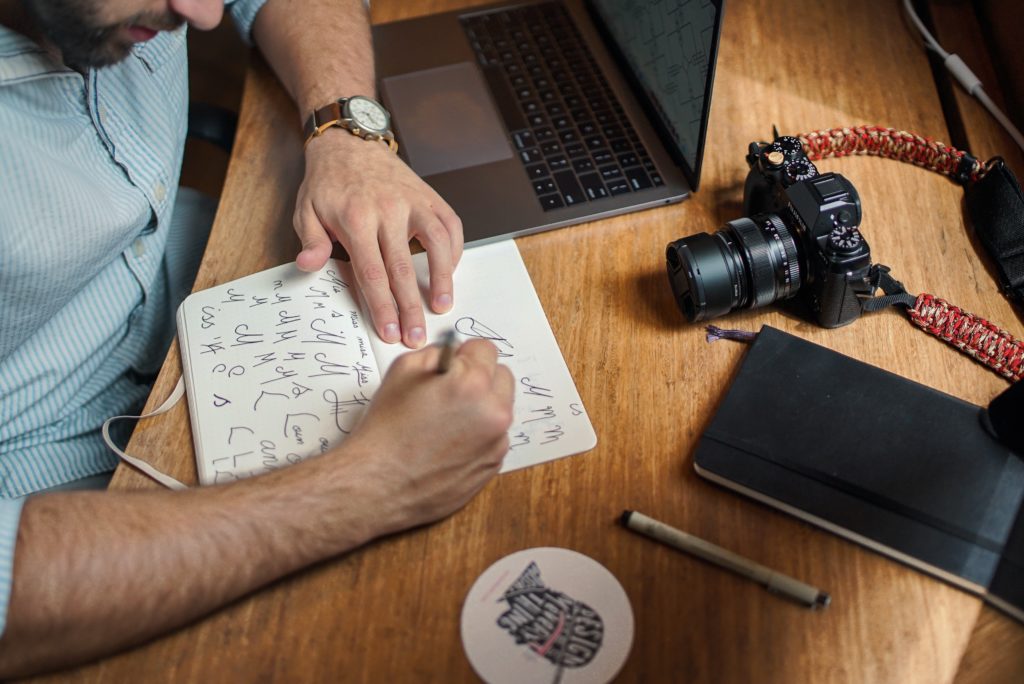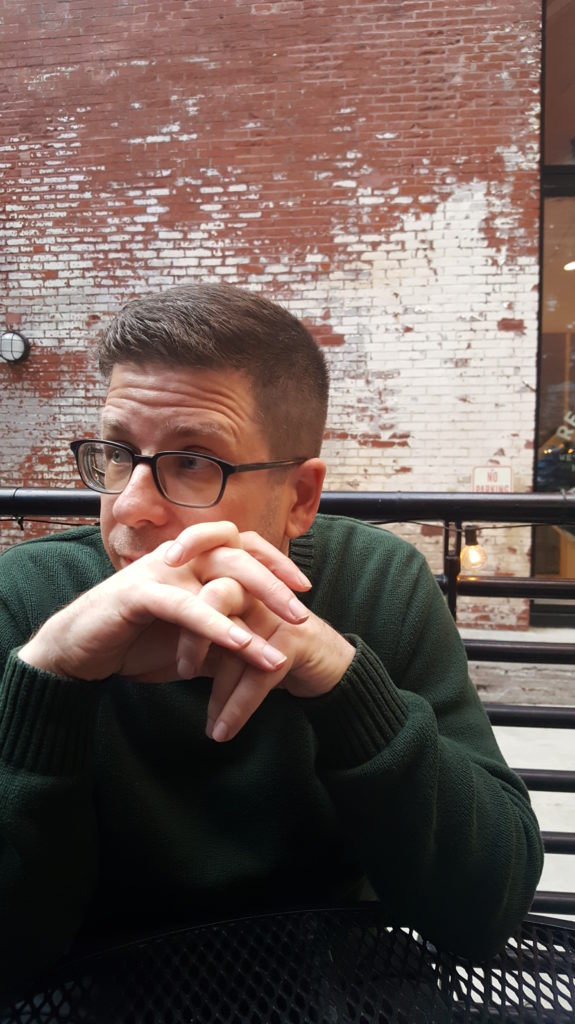A Writing Instructor’s Reflection, by Alex Werndli

The Writing Intensive Curriculum Program’s final zoom lunch of the term on May 15 was an intellectually and pedagogically invigorating session on multimodal assignment integration. WIC faculty Janet Tate (Physics), Ehren Pflugfelder (Rhetoric and Writing), and Andrea Allan (Climatology and Geography) all shared their experiences and strategies for incorporating multimodality into coursework.
Multimodality is often approached as the deployment of diverse meaning-making modes (including textual, visual, aural, kinesthetic, and more) towards communicative ends. The integration of multiple modes has long been practiced in WIC courses, perhaps most famously in the form of an oral presentation meant to accompany a final written assignment or report. In many disciplines, a degree of multimodality is standard practice; take, for example, the use of maps, charts, figures, and graphs alongside text in a report (Coulter-Harris, 2016). In others, certain modes are vital to disciplinary identity, such as diagrams or models in architecture studios (Allan, 2013).
Research suggests that multimodal work not only builds diverse student skillsets, it also allows students to draw on literacies which are less often privileged in the classroom (Gonzalez, 2015). The integration of multimodality into writing instruction manifests in ways as diverse as the forms of meaning making themselves. If you’re interested in reading more about just a handful of these manifestations, the WIC program has prepared a short annotated bibliography.
Each of the May 15th presentations can be viewed here in video or .pptx format. Professor Tate shared her strategy of asking students to create visual storyboards of their research processes as a way of giving internal narrative structure to their scientific reports, and from her we learned about the utility of visual conceptualization throughout in the composing process. Professor Pflugfelder shared assignments from his innovative podcasting course, and we learned from him how students might experiment with this popular genre as a way of broadcasting to a wider audience. Finally, Dr. Allan shared her digital “storyboard” assignment meant to accompany a final report on climatology in a specific US geographic region, and from her we learned how students might employ creative tactics to present research information in a more accessible and engaging manner.
As both a student of WAC/WID scholarship and a writing teacher actively investigating ways of engaging with multimodality in my composition classroom, I came away from this panel with a number of reflections on multimodal instruction. For example, Dr. Allan’s storyboards demonstrate how asking students to present their research results multimodally as well as textually can both build communicative skills and prompt students to engage more deeply and creatively with their findings. I’ve already begun planning a final project along those lines for one of the courses I teach.
Previously, I’d only thought of multimodal assignments as separate, final products in this way, but Professor Tate’s use of images during report-writing opens new sites for implementation by suggesting that alternative forms of meaning-making could be useful additions to any longer composing process. I’d certainly like to incorporate similar strategies into longer-term assignments to help students improve the narrative coherence of their final products.
Finally, when experimenting with unfamiliar genres, Professor Pflugfelder’s presentation emphasized the importance of students’ reflection on their composing processes and rhetorical choices. This metacognitive prompting would serve as a helpful accompaniment to any multimodal assignment and seems likely to encourage transfer of developed skills to the divergent future contexts that students will face.
Across each of these presentations, it’s clear that multimodality is best implemented in the WIC classroom in locally situated ways. Both academic disciplines and professional fields employ common genres, many of which present sites for multimodal intervention and skill development. Each of the three shared strategies reflects the communicative values of its home discipline, providing yet more evidence of how composition instruction can be authentically integrated into WIC courses.












